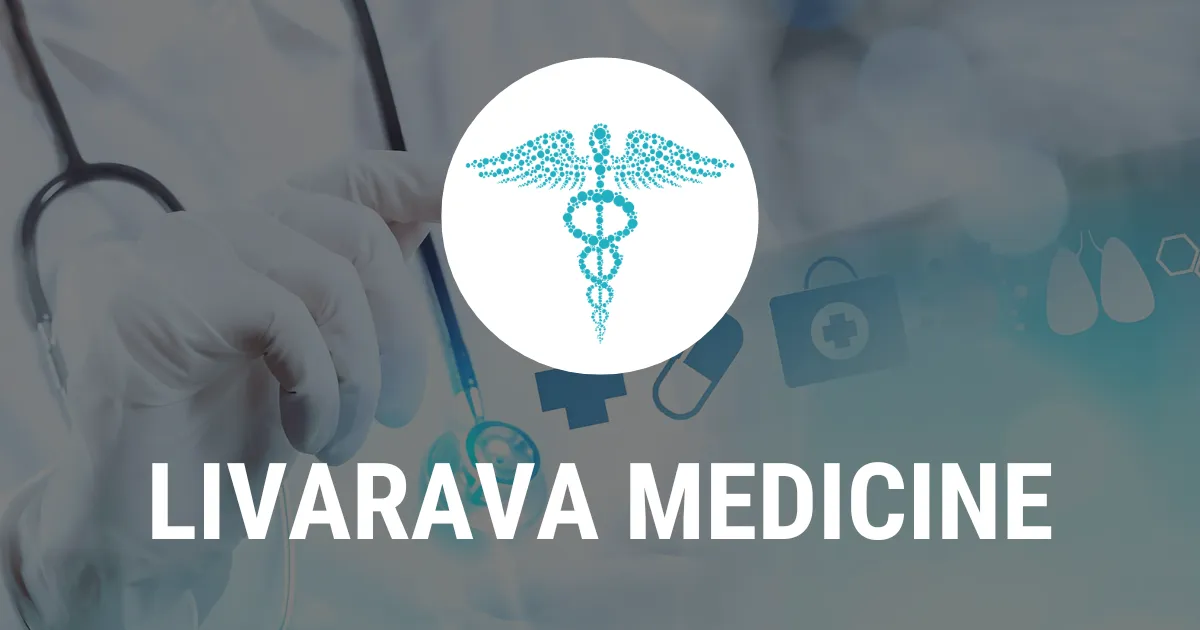Digital Twin Technology's Role in Cancer and Oncology Research

Cancer Innovations: Digital Twin Technology in Oncology Trials
Recent developments in cancer treatment have seen significant integration of digital twin (DT) technology. By leveraging real-world clinical trial databases, researchers are now able to create virtual models that simulate patient responses to therapies. This method enhances the evaluation of standard-of-care (SOC) options like prednisone for graft-vs-host disease (GVHD).
Digital Twin Implementation
Researchers at Phesi, utilizing their Trial Accelerator platform, identified over 106,000 patients with GVHD from their extensive database. They meticulously constructed a DT cohort from this patient population, demonstrating a notable 52.7% overall response rate at six months.
Challenges and Solutions
Integrating DTs in clinical trials has its challenges, from identifying appropriate patient cohorts to ensuring data quality. Yet, these obstacles can yield benefits such as reduced sample sizes and enhanced trial designs.
Regulatory Viewpoint
Regulatory bodies are slowly recognizing the potential of historical controls within DT frameworks. Such advancements may simplify the approval processes, especially for niche cases in cancer treatments.
Ethical Considerations
While the promise of DTs is vast, ethical concerns surrounding patient data security remain. Regulatory frameworks like GDPR impose strict guidelines to protect sensitive information, ensuring patient confidentiality and rights.
For a deeper understanding of the integration of digital twin technology into oncology trials, further exploration is warranted. Visit the source for additional details.
This article was prepared using information from open sources in accordance with the principles of Ethical Policy. The editorial team is not responsible for absolute accuracy, as it relies on data from the sources referenced.